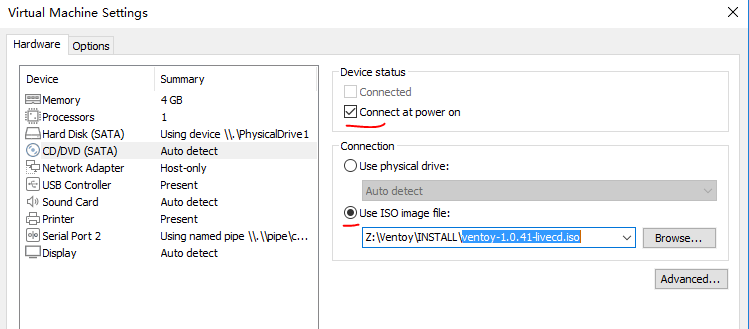
I previously ran it in a Windows To Go drive, but WTG is so limiting. It cannot run by command line, it needs to install to a GUI and since the Windows installer doesn’t have this type of environment, it errors out with a “this version of Windows is not supported” error.


Unfortunately WD Dashboard doesn’t run this way. I just kept pressing F12 as the logo appears on boot).Īnd inspired by this success, I tried to run the WD Dashboard software to update the firmware in my WD SN850 SSD I have installed. Reboot your computer and use F12 to access the boot menu (this can take a few tries to get the timing right. If for instance you download the Tumbleweed on VMware Appliance image and run it in ventoy, I'd guess that you'll have a writable "live" instance.I didn’t have a “Windows To Go” or a windows machine to use, but I wanted to do the BIOS upgrade.Ĭopy the ISO onto your new Ventoy USB driveĭownlaod the BIOS exe and put the exe on the USB drive also Thanks for your attention, saludos a todos, Adiós!I'm guessing that's a limitation of the ISO file you likely used for your image running in Ventoy.įirst, I'd recommend you verify what options you have by talking to the Ventoy developers (ie submit an issue at the Ventoy github project) but I notice that Ventoy supports a number of formats. My pendrive is Data Traveller 128 G and i've followed all the instructions with Ventoy I know that they are others tools like Rufus, Etcher, mkusb, but I think that Ventoy can work better. ) provide feature for persistence and Tmbleweed is not in the tested list, but i've tried. Is it possible to create a liveusb of Tumbleweed with persistence? But, in a new session the changes are not saved. I've tried Ventoy (is an open source tool to create bootable USB drive) to prove Tumbleweed with persistence. I'm new in this subjects and I 'd want to try Tumbleweed for the first time.


 0 kommentar(er)
0 kommentar(er)
